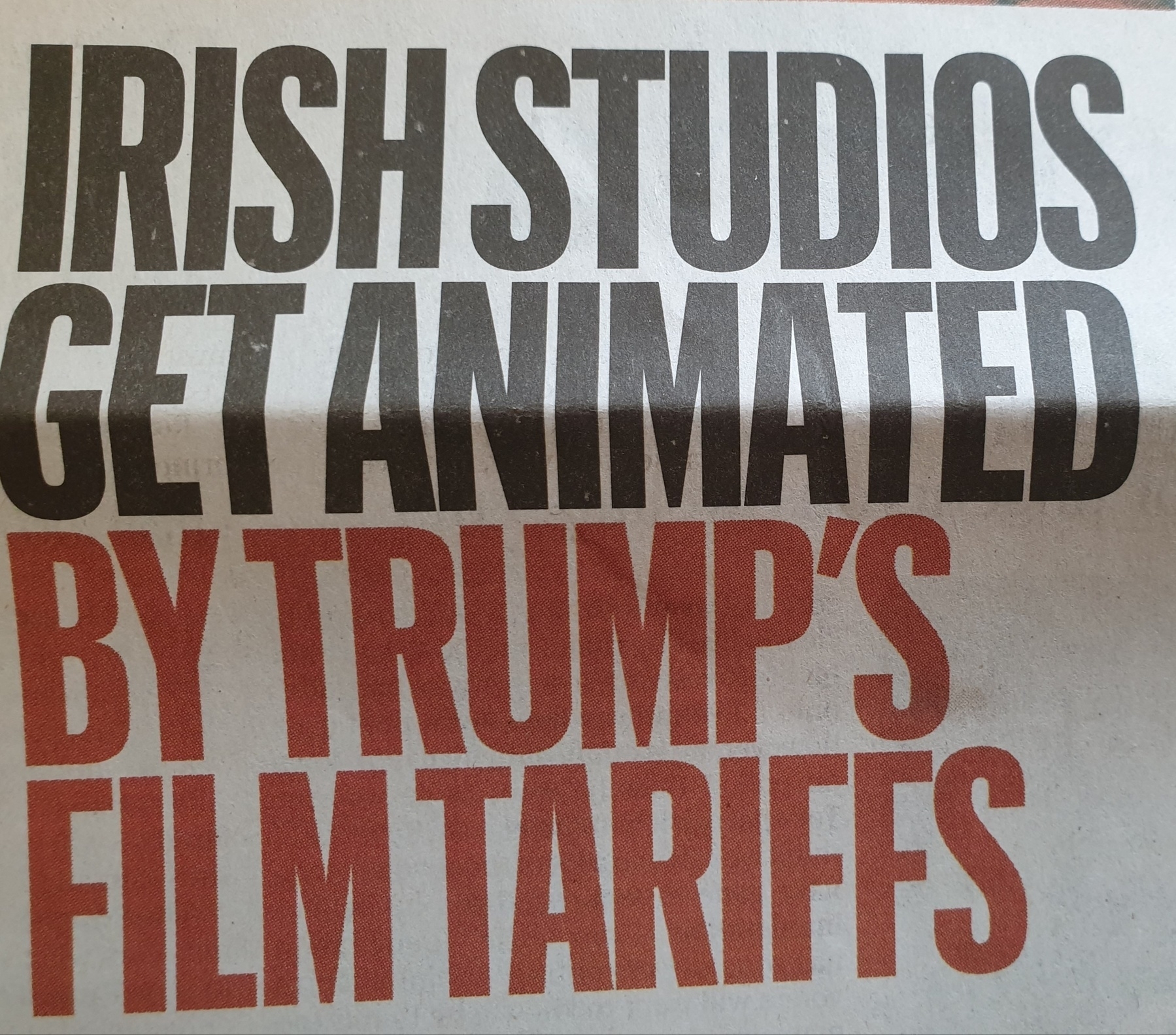Ireland has become a small powerhouse for successful cartoons on the big screen, but could a proposed 100 per cent levy on foreign movies coming into the US cause a fade to black, wonders Siobhán Maguire in The Sunday Times on May 11, 2025.
The Irish animation industry leverages Section 481 benefits.
“Section 481 is the tax credit which means that any spend from a production company, whether for Irish services or personnel who spend timne working in Ireland, the companies are entitled to a 32 per cent tax credit on that spend, which obviously then goes to finance that project,” Louise Cornally, senior vice- president of finance and business affairs at Brown Bag Films, explains.
“It’s a great incentive and was brought in to encourage productions from a cul- tural aspect and this happened right across the EU. It’s really helped the growth of a lot of Irish companies.” For a long time Ireland was one of the European leaders in tax credits in the audiovisual industry, but the gap has closed and even been surpassed by others in recent years. In the UK, refund- able tax credits range from 25.5 to 40 per cent for productions; Spain’s 25 to 30 per cent rebate is supplemented by regional incentives like the Basque region’s 35 to 70 per cent tax credits; and Greece has a 40 per cent tax rebate. Further afield, Japan offers qualifying production costs a rebate of up to 50 per cent, while India has increased incentives from 30 to 40 per cent.
Nevertheless, Ireland remains popular choice for American produc- tions, which made President Trump’s statement on the Truth Social platform last week on imposing a 100 per cent tar- iff on “any and all movies coming into our country that are produced in foreign lands” all the more troubling.
“WE WANT MOVIES MADE IN AMER- ICA, AGAIN!,” Trump added, generating chatter across the floors of production studios, including the animation sector. Studios wondered if the president under- stands how animation feature films are made, or how they rely heavily on co-pro- ductions that are often located across several countries and continents.
From my seat in front of digital animators at the Technogical University of the Shannon, we will just watch the bluster play out. The uncertainty will feature in conversations at this month’s Annecy Animation Festival. In my opinion, it will be difficult to extinguish the creative collaboration that Irish studios have refined since the exodus of Disney animators at Sullivan Blyth in 1995.
